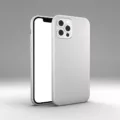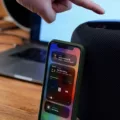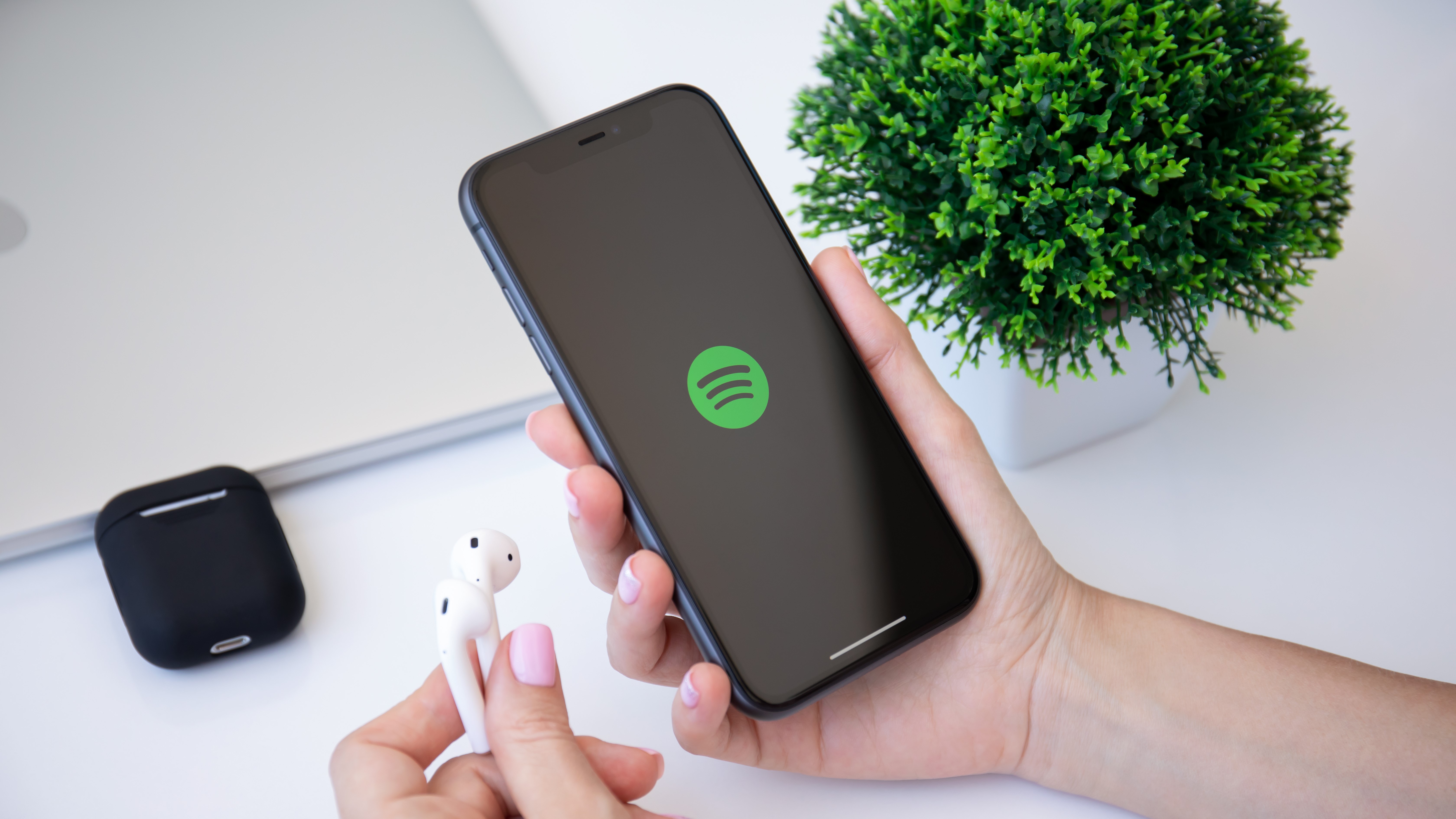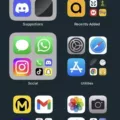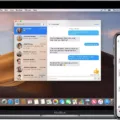The Home Screen of an iPhone serves as the gateway to all the apps and features that the device offers. It is the first thing you see when you unlock your phone, and it provides quick access to your most used applications. However, as time goes on, you might find that you have accumulated multiple pages on your Home Screen, making it cluttered and difficult to navigate. In this article, we will explore how to delete pages on your iPhone Home Screen, allowing you to streamline your device and optimize your user experience.
To delete a Home Screen page on your iPhone, follow these simple steps:
1. Begin by unlocking your iPhone and navigating to your Home Screen.
2. Once on the Home Screen, press and hold any empty space on the screen. This action will activate the “jiggle mode,” where the app icons start to wiggle.
3. Swipe left on the Home Screen until you reach the page you want to delete. The page should now be centered on your screen.
4. With the desired page in focus, look for a small gray circle with a white dash inside it, located at the bottom of the screen.
5. Tap on the gray circle with the white dash, and a pop-up menu will appear.
6. From the pop-up menu, select the “Delete” option. A confirmation message will appear, asking if you want to delete the page.
7. Confirm your decision by tapping “Delete.” The page will be permanently removed from your Home Screen.
8. Exit the “jiggle mode” by pressing the Home button (for iPhones with a Home button) or swiping up from the bottom of the screen (for iPhones with Face ID).
Congratulations! You have successfully deleted a page from your iPhone Home Screen. Repeat these steps for any additional pages you wish to remove.
Benefits of Deleting Home Screen Pages
1. Enhanced organization: By removing excess pages, you can declutter your Home Screen and create a more streamlined and organized layout. This allows for easier navigation and quicker access to your most-used apps.
2. Improved performance: With fewer pages to load, your iPhone’s performance may improve, as it does not have to process as much information when launching the Home Screen.
3. Increased efficiency: With a cleaner Home Screen, you can locate and open your desired apps more efficiently, saving you time and frustration.
4. Personalization: Deleting excess Home Screen pages allows you to customize your device to suit your preferences. You can prioritize the apps you use most frequently and arrange them in a way that makes the most sense to you.
The iPhone Home Screen is a crucial gateway to your device’s functionality. By deleting unnecessary pages, you can optimize your user experience, improve performance, and personalize your device. Follow the steps outlined in this article to successfully delete pages from your iPhone Home Screen. Take control of your device and enjoy a clutter-free and efficient user interface.
How Do You Get Rid Of Pages On Your Home Screen?
To delete a home screen on your device, you can follow these steps:
1. Start by locating a blank area on your home screen. You can do this by tapping and holding any empty space on the screen.
2. Once you have found a blank area, swipe to the left until you reach the home screen that you want to delete. Each swipe will take you to the next screen.
3. Once you are on the home screen you wish to remove, look for an option that allows you to delete it. This option is usually indicated by a trash bin icon or a delete button.
4. Tap on the delete option, and you will be prompted to confirm the deletion. This step is important to prevent accidental removal of screens.
5. After confirming the deletion, the home screen will be removed from your device, and you will no longer see it when you swipe through your screens.
Remember, deleting a home screen will remove any apps, widgets, or shortcuts that were placed on that screen. If you want to keep any of them, make sure to move them to another home screen before deleting.
1. Tap and hold a blank area on your home screen.
2. Swipe left until you reach the home screen you want to delete.
3. Look for the delete option (trash bin icon or delete button).
4. Confirm the deletion.
5. Home screen will be removed, and its contents will be deleted.
By following these steps, you should be able to get rid of unwanted home screens on your device.
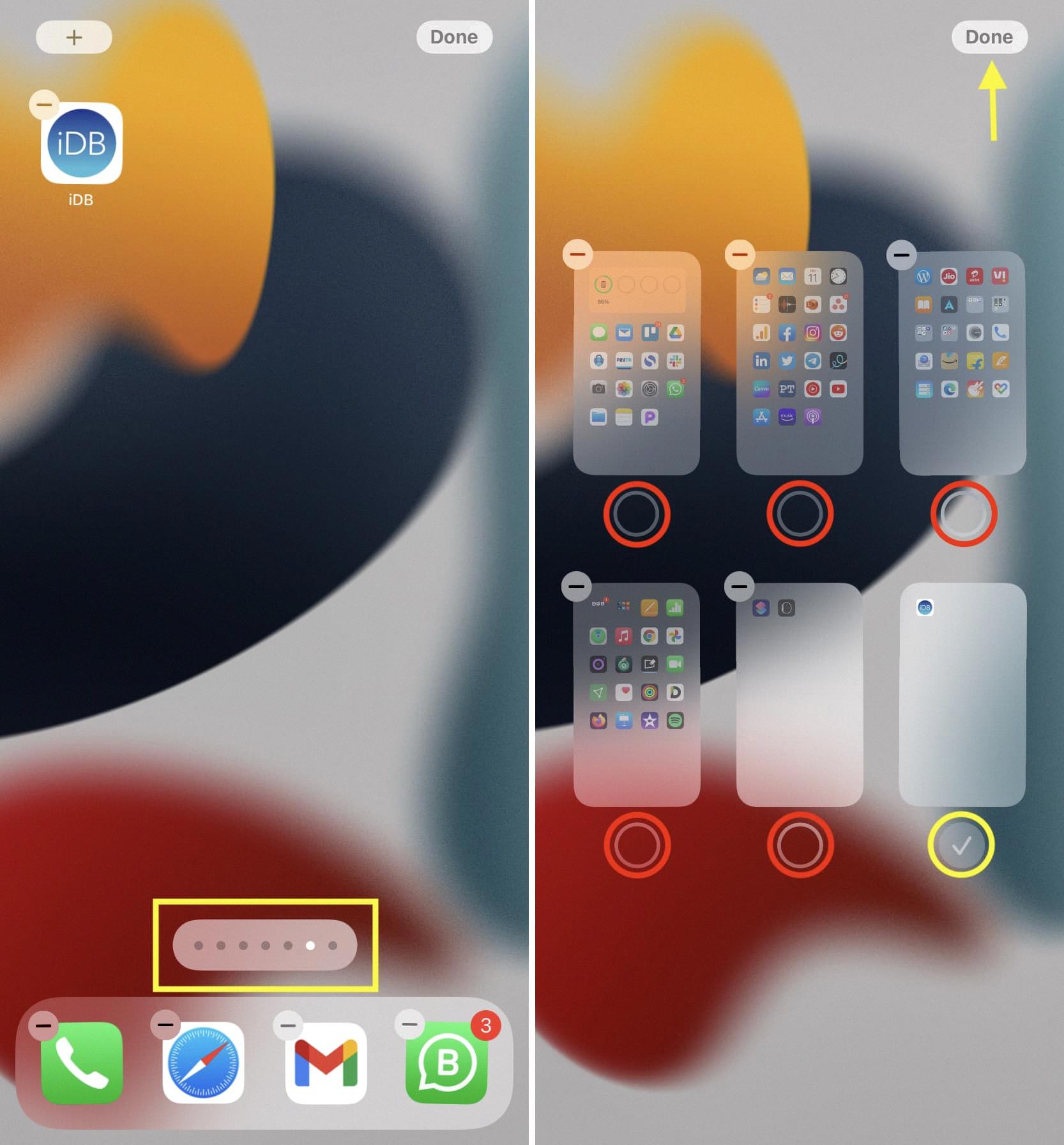
How Do You Delete Recent Pages On iPhone?
To delete recent pages on your iPhone, you can follow these steps:
1. Open the Safari app on your iPhone.
2. Tap the bookmark icon at the bottom of the screen (it looks like an open book).
3. In the bookmark menu, tap the clock icon labeled “History” at the top.
4. You will see a list of your recently visited pages. Swipe left on any individual page to reveal a red “Delete” button.
5. Tap the “Delete” button to remove that particular page from your history.
6. If you want to remove all of the recent pages at once, tap the “Clear” button at the bottom right corner.
7. A pop-up will appear giving you options to clear the last hour, today, today and yesterday, or all history. Choose the option that suits your needs.
8. Confirm your selection by tapping “Clear History” in the pop-up.
Note that clearing your history will also clear your cookies and website data. This means that any saved login information or website preferences will be deleted as well. If you want to keep your cookies and website data while deleting your history, you can go to Settings > Safari > Advanced > Website Data, then tap “Remove All Website Data.”
By following these steps, you can easily delete recent pages and clear your browsing history on your iPhone.
Conclusion
The iPhone home screen is a highly customizable and user-friendly interface that allows users to organize and access their apps and information with ease. With the ability to add and remove apps, rearrange icons, and create folders, users have complete control over how their home screen looks and functions.
Furthermore, the iPhone home screen offers a seamless and intuitive user experience. The swipe feature allows users to navigate between multiple home screens effortlessly, making it quick and convenient to find and launch apps. Additionally, the search bar at the top of the home screen provides a handy tool for quickly locating specific apps or information.
Moreover, the home screen also offers a range of personalization options. Users can choose from a variety of wallpapers and themes to customize the look and feel of their home screen. This level of customization allows users to express their individuality and make their iPhone truly their own.
Additionally, the home screen also provides access to useful widgets and shortcuts. Widgets allow users to view essential information at a glance, such as weather updates, calendar events, and news headlines. Shortcuts, on the other hand, provide quick access to specific functions or actions, such as composing a new message or starting a timer.
The iPhone home screen is a central hub that allows users to easily access and manage their apps and information. Its customizable nature, intuitive interface, and range of features make it a valuable tool for enhancing productivity and personalization. Whether you’re a tech-savvy user or just starting with an iPhone, the home screen is sure to enhance your overall iPhone experience.

